The History of Table Tennis
Table tennis, also known as ping pong, traces its roots back to the late 19th century. It was initially played as an after-dinner entertainment in the homes of the English upper class. The game quickly gained popularity, spreading to other countries and becoming a favorite pastime among people of all ages.
The Invention of the Table Tennis Paddle
In the early days of table tennis, players used a variety of makeshift equipment to play the game. The earliest paddles were nothing more than small wooden boards with handles attached. These rudimentary paddles lacked the modern features we are familiar with today, such as rubberized surfaces and advanced grip techniques.
Early Designs and Materials Used for Table Tennis Paddles
As table tennis grew in popularity, the need for specialized equipment became evident. Players began experimenting with different designs and materials to improve their performance on the table. The first significant development came with the introduction of rubber to the paddle surface.
The evolution of table tennis paddle technology gained momentum in the 1950s when paddles with rubberized surfaces started to dominate the game. The use of rubber allowed players to generate more spin and control the ball with greater precision. This innovation revolutionized the sport, making it more dynamic and exciting to watch.
The Evolution of Table Tennis Paddle Technology
The 1960s marked a turning point in the evolution of table tennis paddle technology. With the advent of sponge rubber, players gained the ability to generate even more speed and spin. Sponge rubber, with its porous structure, enhanced the paddle's grip on the ball, resulting in faster and more spin-heavy shots.
Advancements in paddle technology continued throughout the decades, with manufacturers constantly pushing the boundaries of what is possible. The development of new materials, such as carbon fiber and composite materials, revolutionized paddle design. These lightweight and durable materials allowed for greater control, speed, and spin, giving players a competitive edge on the table.
Notable Advancements in Table Tennis Paddle Design
Over the years, several notable advancements have shaped the design of table tennis paddles. One such advancement is the introduction of specialized rubber coatings. Manufacturers have developed various rubber formulations, each offering unique characteristics in terms of grip, spin, and speed.
Additionally, paddle manufacturers have experimented with different blade constructions to optimize performance. The choice of wood, along with the number of layers and their arrangement, significantly impacts the paddle's feel and responsiveness. Some blades are designed for offensive play, providing maximum power and speed, while others are tailored for defensive play, offering greater control and stability.
The Impact of Paddle Technology on the Game of Table Tennis
The evolution of table tennis paddle technology has had a profound impact on the way the game is played. The increased speed, spin, and control offered by modern paddles have elevated the level of play to new heights. Players have had to adapt their techniques and strategies to keep up with the faster and more aggressive style of play.
Furthermore, paddle technology has influenced the development of new playing styles and tactics. Players can now execute shots with incredible precision and generate spin that was previously unimaginable. The game has become more dynamic and strategic, requiring players to possess a diverse range of skills to succeed at the highest level.
Current Trends in Table Tennis Paddle Design
In recent years, table tennis paddle manufacturers have focused on perfecting the balance between speed, spin, and control. They have introduced paddles with specialized rubbers and blades that cater to specific playing styles. Whether you are an offensive player who relies on powerful shots or a defensive player who values control and placement, there is a paddle designed to suit your needs.
Another trend in table tennis paddle design is customization. Some manufacturers offer paddles with interchangeable rubbers, allowing players to fine-tune their equipment for different playing conditions. This level of customization enables players to maximize their performance and adapt to various opponents and playing styles.
Choosing the Right Table Tennis Paddle for Your Playing Style
Selecting the right table tennis paddle is essential for maximizing your performance on the table. With the wide variety of paddles available on the market, it can be overwhelming to choose the one that suits your playing style. Consider factors such as your skill level, preferred playing style, and personal preferences when making your decision.
It is also beneficial to seek advice from experienced players or coaches who can provide guidance based on their knowledge and experience. Trying out different paddles before making a purchase can also help you determine which paddle feels most comfortable and suits your game the best.
Maintaining and Caring for Your Table Tennis Paddle
To ensure the longevity and performance of your table tennis paddle, proper maintenance and care are crucial. After each play session, it is recommended to clean the rubber surface of your paddle with a specialized cleaning solution or plain water. This removes dirt and debris that can affect the grip and spin of the ball.
Additionally, storing your paddle in a protective case when not in use helps prevent damage to the rubber and blade. Extreme temperatures, moisture, and direct sunlight can degrade the quality of the rubber and affect its performance. By taking these simple steps, you can prolong the lifespan of your table tennis paddle and maintain its optimal performance.
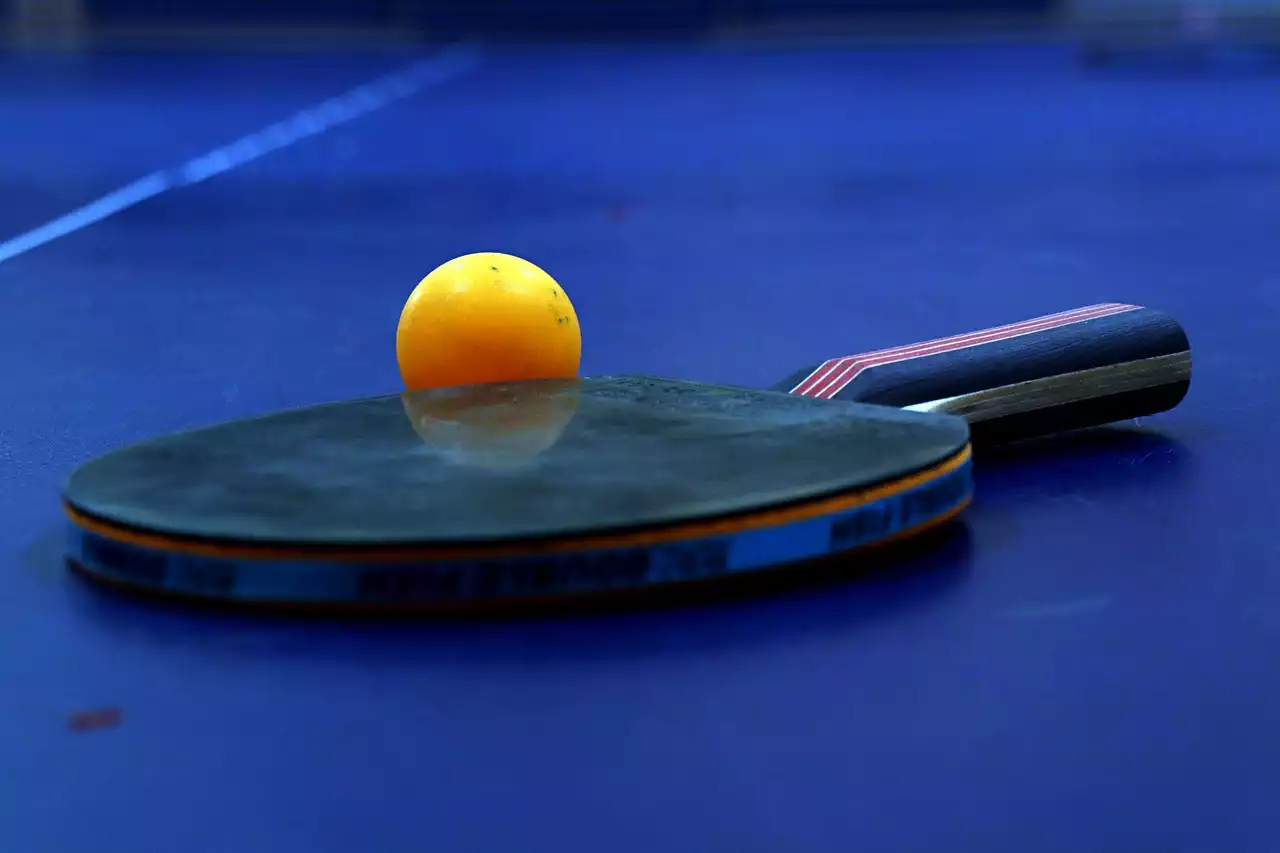
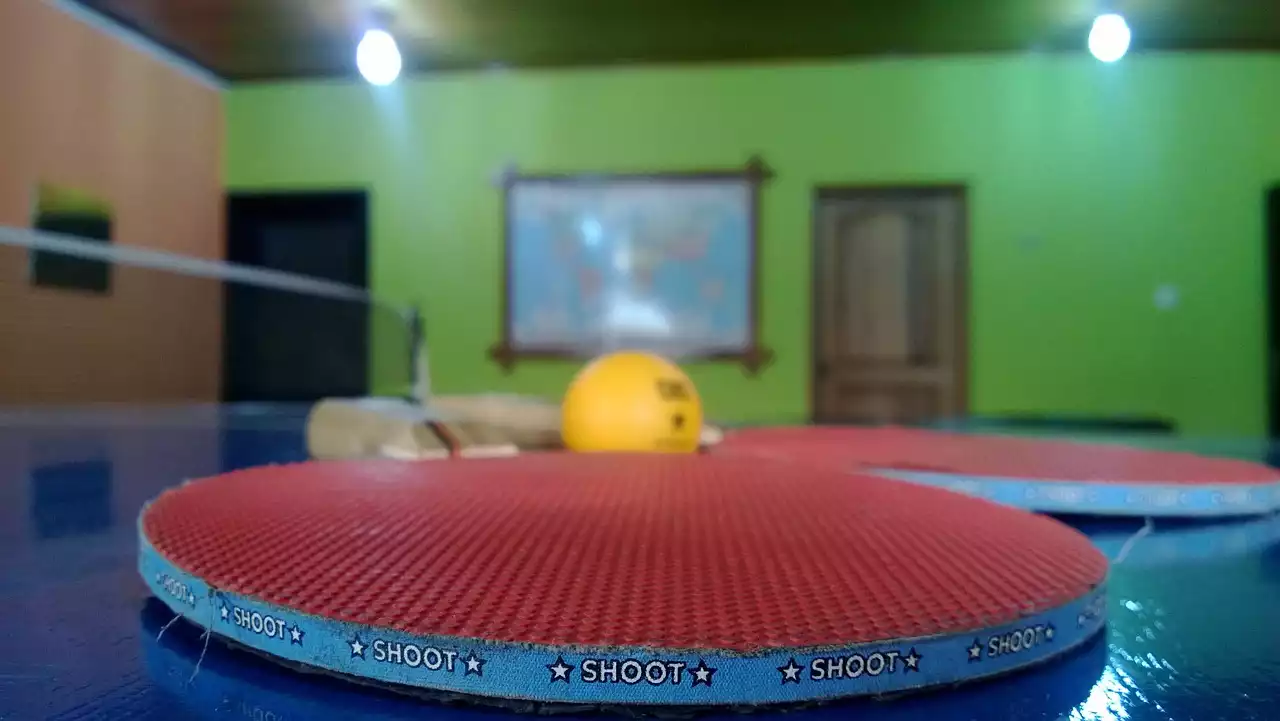
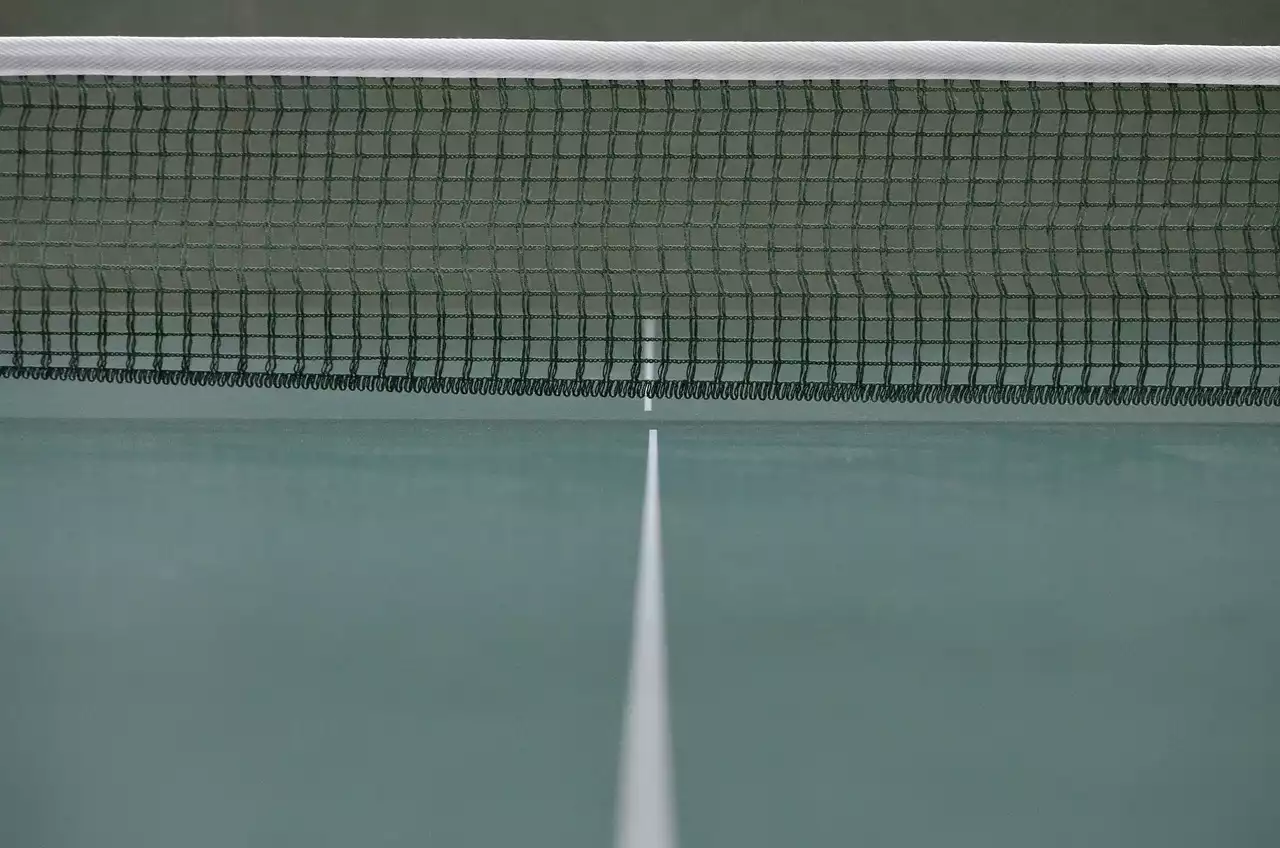
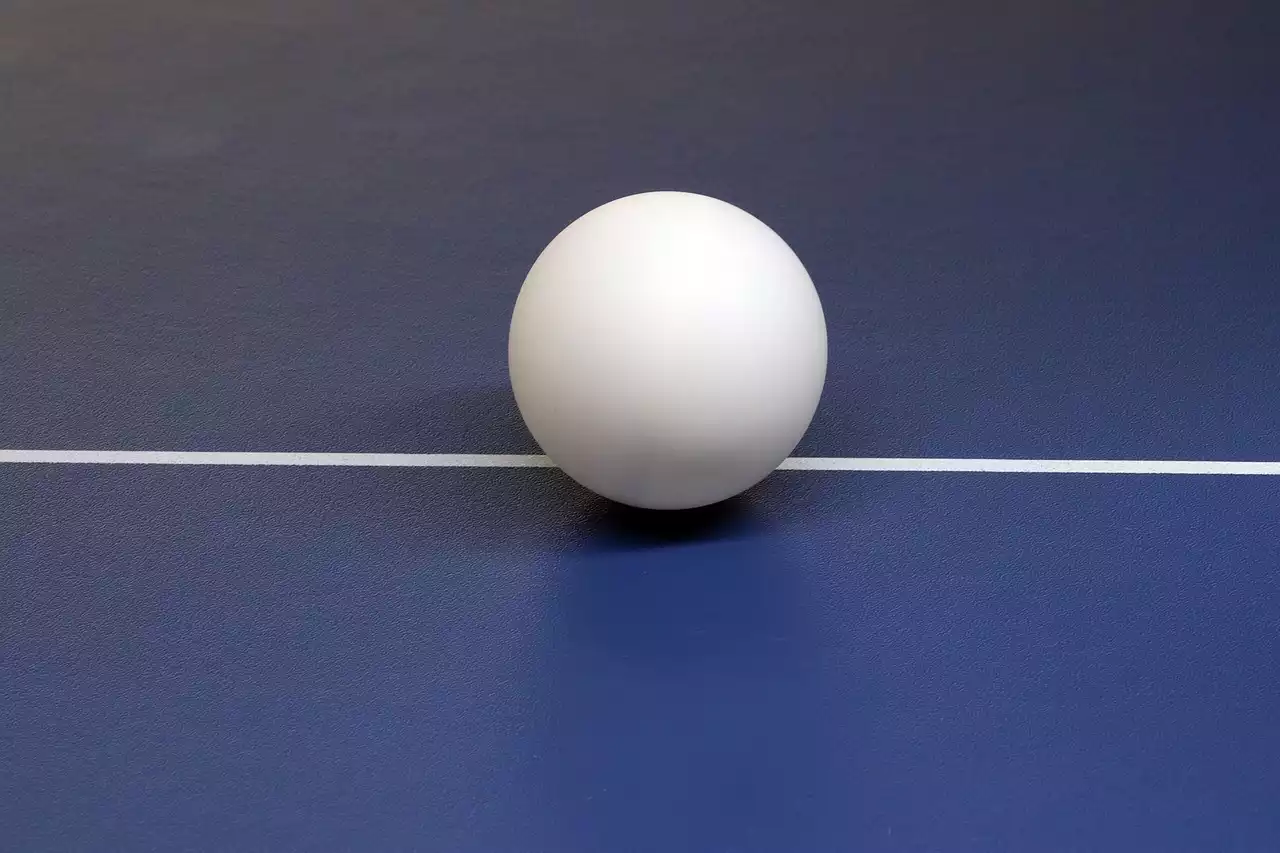
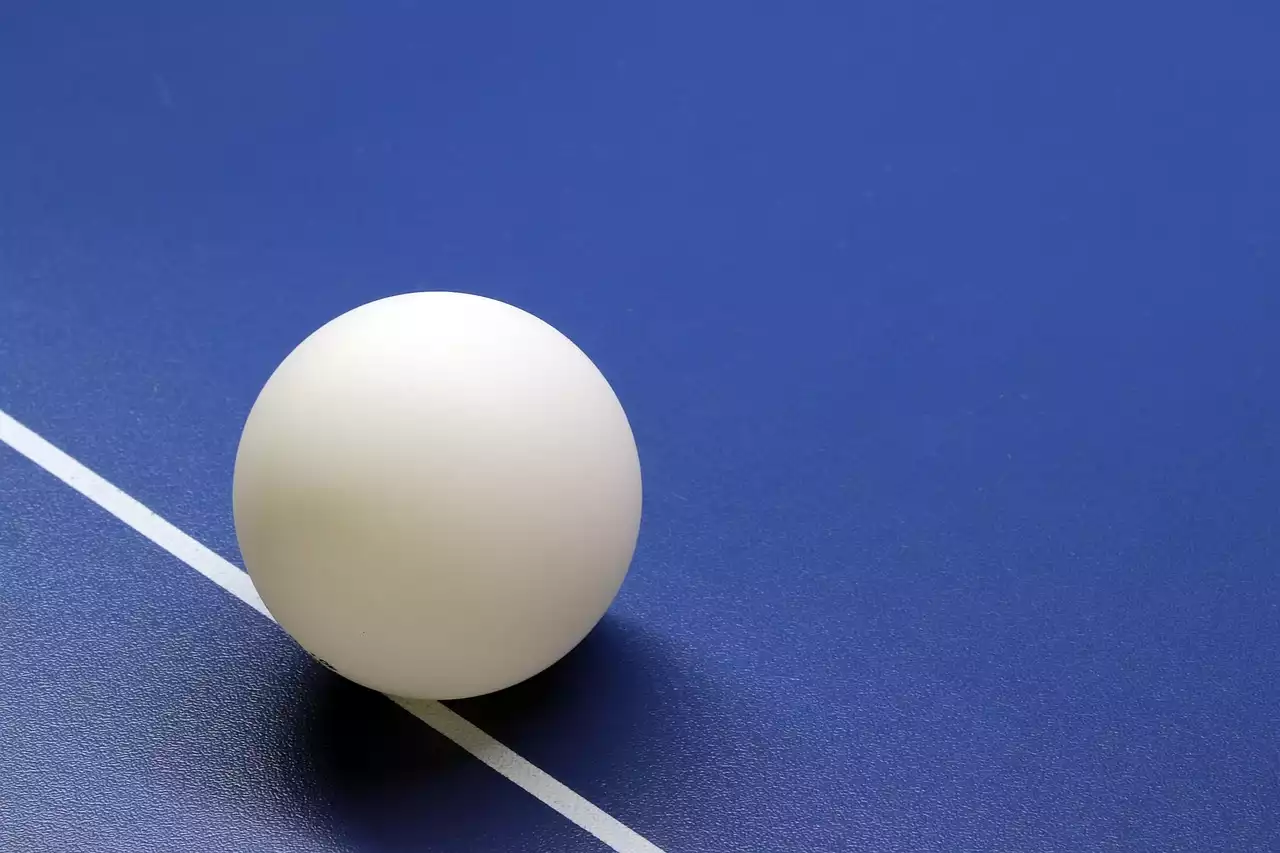
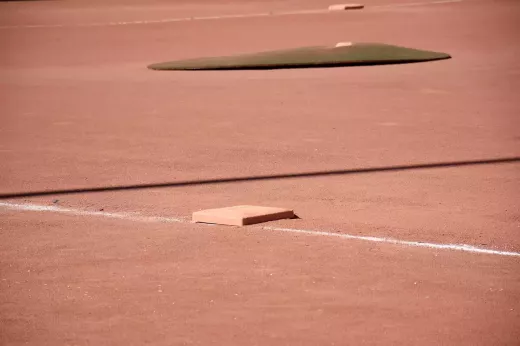




.png?size=50)